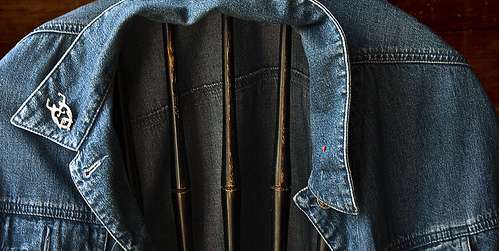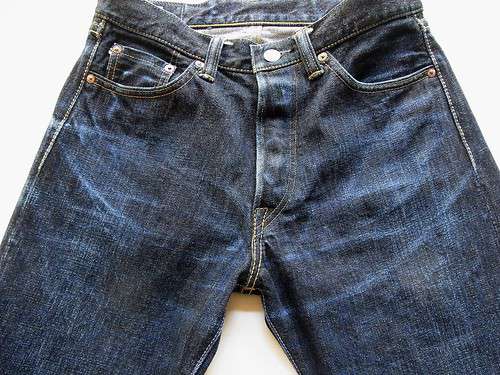Nothing’s Better Than Faded Jeans
One of the best properties of denim is the way the fabric fades over time. The faded look can be even more desirable than the original dyed color of the jeans.
For example, one reason why denim created in Japan is popular is because of the way it fades. Individual brands of Japanese denim are well known for the specific colors they produce after they fade1, but those faded colors must be consistent over time to maintain the brand’s integrity.
To achieve a consistent fading process, the dye the manufacturer applies in the production phase must be consistent from fabric roll to fabric roll. A mistake in the original dyeing process will lead to a different faded color than what’s intended, which can be a disaster for a manufacturer of fashion jeans. Therefore, finding a way to consistently ensure the color of the denim dye process is important, which is where spectrophotometers enter the picture.
Making Precise Color Measurements
As you make measurements to determine a sample fabric’s color consistency, you’ll need to determine exactly what you want to measure.
- Color measurement only. When taking a measurement of a denim sample, you may find that the pattern of the fibers or any gloss on the material may lead to an inaccurate reading. A sphere-based d/8 spectrophotometer using a specular-induced mode can solve this problem by only measuring the color and ignoring any other factors that potentially can affect the measurement.
- Include surface characteristics. Look for a direction spectrophotometer using 45/0 or 0/45 modes to take measurements of the denim fabric to include surface characteristics with the measurement of the color of the dye. This type of measurement most closely resembles what a human sees when looking at a piece of denim, as our eyes are not going to be able to separate the color from the way the texture affects the color.
No matter what type of method of measuring you use, it’s important to create a sample average to negate the possibility of a slight flaw or odd variable affecting the measurement. With the weaving involved in creating denim, it’s important to take samples of different orientations, which will compensate for differences in the measurements based on the direction of the fibers. For the best results consider turning the fabric sample by 90 degrees each time you take a sample measurement with a spectrophotometer, and then average the results.



